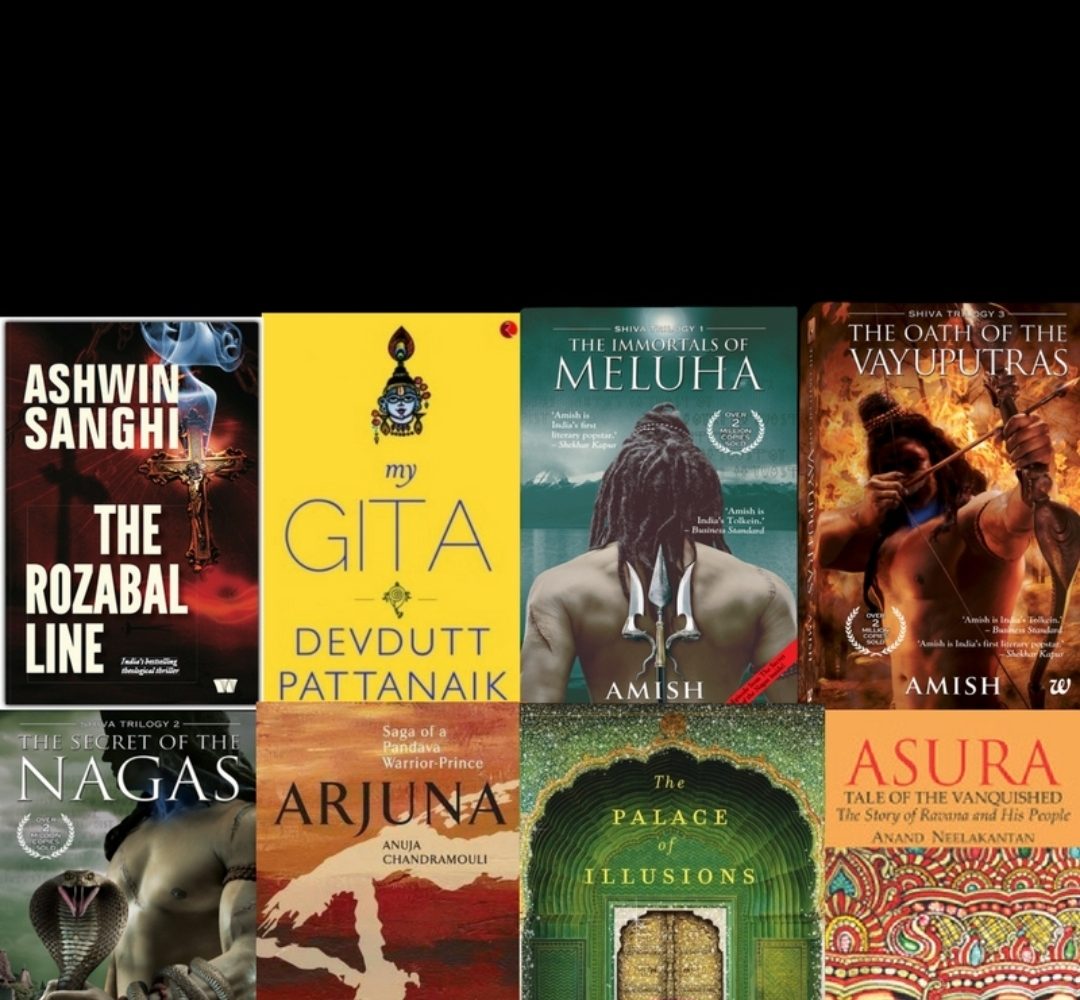What if lord Shiva is the one who broke taboos (untouchability) between the Nagas and the Devas. What if Raavan, the king of Lanka who abducted Sita is like a father relation to her, what if Krishna is more than a warrior, what if……. . “Mythology is a set of lies that people rarely believe. And history …a set if lies that people have agreed to believe” like Ashwin Sanghi in one of his works “Keepers of the Kalachalra” has mentioned.
Unlike Greek mythology Indian mythology has a deep sense of narration that is found in Hindu religious texts such as Vedic literatures, epics like Ramayana, Mahabharata, Bhagavadgeetha, and the Puranas, which is why it is also called as Hindu Religious Philosophy. It is also found in widely translated popular texts such as Panchatantra and Hitopadesa and many other Southeast Asian texts. These myths have also been modified over time being and are taken deeper, often symbolic, meaning and have been given a complex range of interpretation.
We were brought up in a society where we see historical characters, kings, warriors and philosophers like gods. We were taught miracles done by great lords to worship them instead of their great dharma to admire them, the reason we often confuse ourselves with history to mythology and neglects the great history. The 21st Century can be better said as “The era that explained the marvels of Indian mythology”. For many authors like that of Amish Tripati, Ashwin Sanghi, Chitra Banarjee Divakaruni, Devdutt Pattnaik, Aanand Neelakantan, Christopher C. Doyle and many more have emerged. These authors like that of western authors Neil Gaiman or Dan Brown who researched and dug bible’s theories and morphed them into fiction and later publishing them made the world awe stuck with controversies lining their way, have dug the roots of Indian mythology and explained it in well scientific and historical manner.
It all started with the publication of “The Palace of Illusions” by Chitra Banarjee Divakaruni in 2008 which explained the great epic Mahabharata unlike that of by Vyasa in a quite completely different perspective, the perspective and the voice that most of the women in India longs to get inspiration from, the perspective of a great mother, daughter, queen, wife and a women named Draupadi. Many mythological stories were explained logically such as “Shiva trilogy” – The life journey of lord Shiva as a barbarian to the great warrior in the way of the destroying the somaras while uniting the Indians, “Rama Chandra series” that explains the plain perspectives of lord Ram, Sita and Raavan by Amish Tripati and the leftover perspectives of the great characters in epics like that of Duryodhana (raise of Kali by Anand neelakantan) , Draupadi (the palace of illusions by Chitra Banarjee, Draupadi by Vamshi Krishna), The Paatala Prophecy (the mists of Brahma, the son of Brigu) by Christopher C. Doyle.
Another method of sowing good in young minds is a parallel way storytelling of the contemporary world to history by unveiling the truths and logics of myths such as the mystical and unknown journey of Jesus Christ explained in “The Rozabal line” parallel to the journey of a pretended terrorist, the journey and miracles done by lord Krishna to save the world from evil in parallel to the discovery of the mysteries of the Tajmahal, Mount Kailash, Samanthaka gem and Somamanth temple as explained in “The Krishna key”, the history of how Chanakya played his tactics in politics to make Chandragupta Maurya and emperor there by uniting India likewise of contemporary politicians to win the elections in “Chanakya’s chant”, the history of the invasion and the destruction of the ancient sacred Indian texts and the science and philosophies of Bhuddism as explained in “Keepers of the Kalachakra” by Ashwin Sanghi. And many more attractive ways of epics storytelling involves the illustrations by Devdutt pattnaik.
Although the morphed, well researched ways of storytelling of the epics and texts comes under the fictional category. The style, story of the works differs from one author’s perspective to that of another like the stories of one king “Raavan” depicted by Valmiki (Ramayana, centuries ago), Anand Neelakanthan (Asura in 2012) and Amish Tripati (Raavan in 2019) differs. Therefore, it is in the mind of the reader to accept and follow the dharma of the story he was convinced to believe.
Havila Reddy Kolli @Samachaarline
Miranda House, University of Delhi

